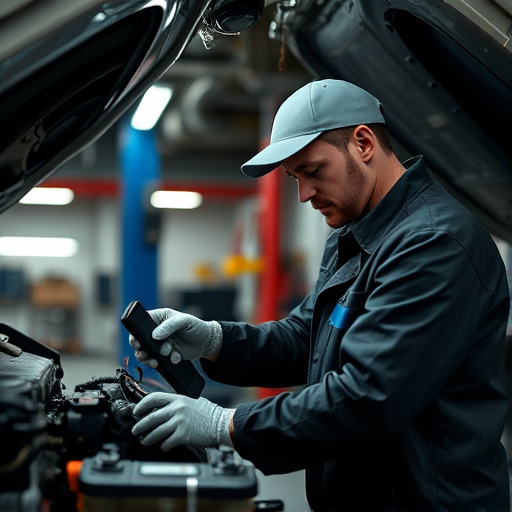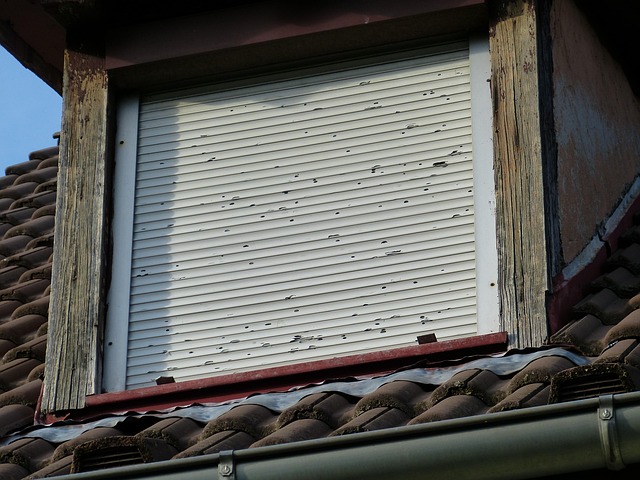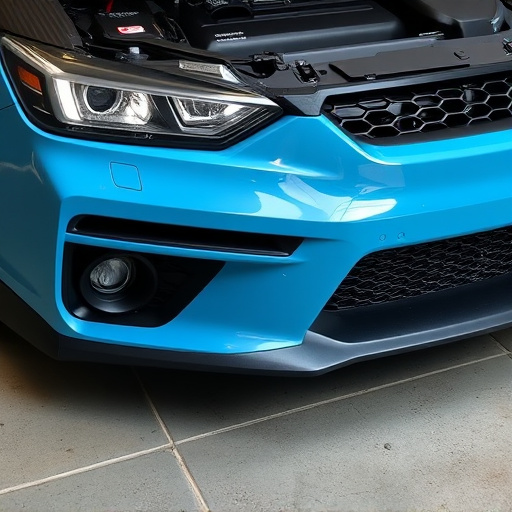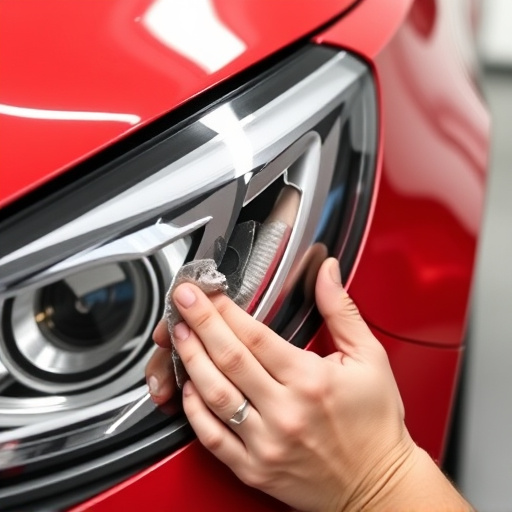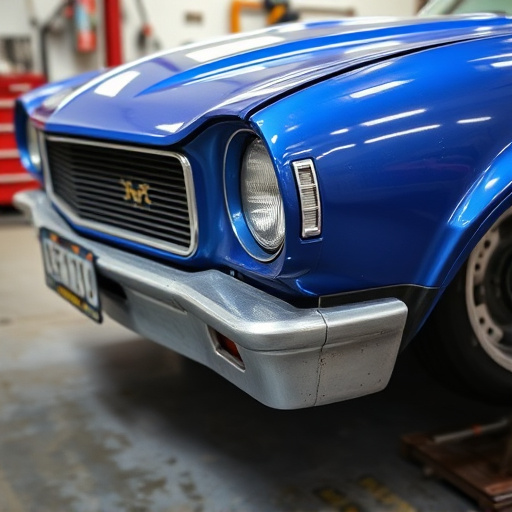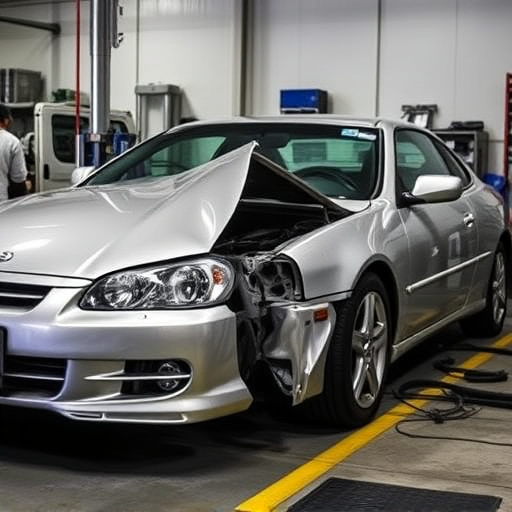Taillights, crucial for driver visibility and road safety, require regular inspection and prompt repair/replacement upon damage or malfunction. Before replacing a taillight, secure your vehicle, gather necessary tools, prioritize safety with protective gear, and consult a professional if needed. After successful replacement, maintain routine checks, clean surfaces, and test lights to ensure optimal performance and enhanced safety for your vehicle.
Planning a taillight repair replacement? Understanding your vehicle’s taillights is key. These crucial components not only enhance visibility but also play a vital role in safety, guiding other drivers behind you. This guide walks you through the process of preparing for a taillight repair replacement, from identifying issues to post-repair maintenance tips, ensuring optimal performance and road safety. Let’s dive into these essential steps for a successful taillight repair.
- Understanding Your Vehicle's Taillights and Their Functionality
- Steps to Safely Prepare for a Taillight Repair Replacement
- Post-Repair Maintenance Tips to Ensure Optimal Performance
Understanding Your Vehicle's Taillights and Their Functionality

Taillights play a crucial role in ensuring the safety of your vehicle and other drivers on the road. They serve as signaling devices that indicate your intentions, such as turning or stopping. Understanding how they work is essential when preparing for a taillight repair replacement. Each vehicle has two taillights, typically located at the rear, connected to a complex electrical system. These lights are designed to emit bright, consistent beams to enhance visibility during nighttime driving or in low-light conditions.
When it comes to auto bodywork, taillights are an integral part of the overall design and safety features. A damaged or malfunctioning taillight not only affects your vehicle’s appearance but also poses a significant risk while driving. Regularly inspect your taillights for any signs of wear, cracks, or bulbs that burn out frequently. If you notice issues, it’s best to consult a collision repair shop for professional assessment and timely replacement to ensure optimal performance and road safety.
Steps to Safely Prepare for a Taillight Repair Replacement
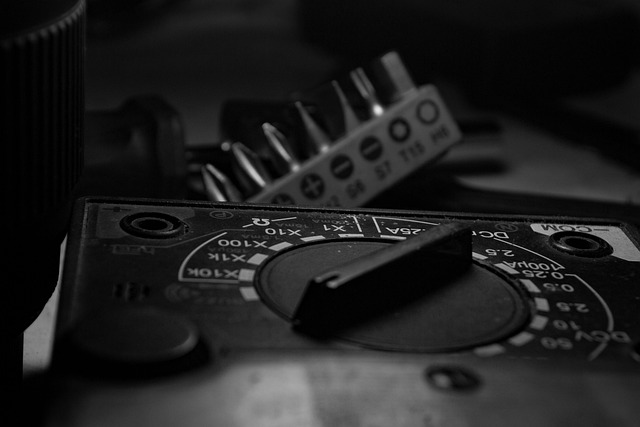
Before diving into the process of replacing your taillights, it’s crucial to prepare safely and efficiently. Start by ensuring your vehicle is parked in a secure, well-lit area with ample space around it for easy access. Engage the parking brake and shift the gear to ‘Park’ or ‘Neutral’, depending on your vehicle’s system. Next, locate the damaged taillight assembly, usually at the rear of your car, and gather all necessary tools and replacement parts. This may include a new taillight bulb, socket, wiring harness connectors, and sometimes even a housing or lens.
Safety should be your top priority. Put on safety goggles to protect your eyes from any debris or potential sparks during the repair process. Gloves are also recommended for handling components. Additionally, if you’re unsure about any step, don’t hesitate to reach out to a trusted car body shop for guidance. They offer expert services like taillight repair and can assist in ensuring your vehicle is safe and roadworthy after the replacement.
Post-Repair Maintenance Tips to Ensure Optimal Performance
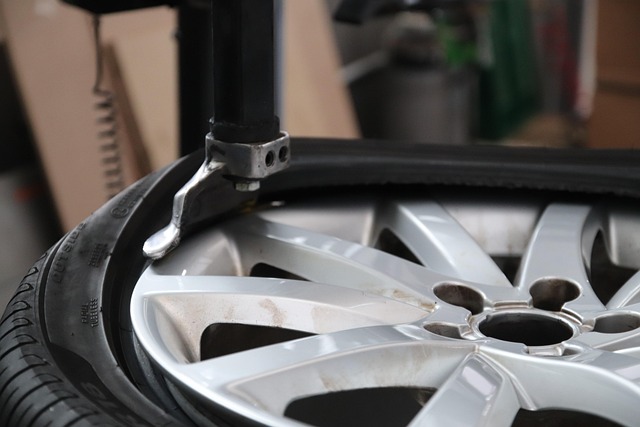
After successfully completing a taillight repair replacement, it’s crucial to implement routine maintenance practices to safeguard your vehicle’s optimal performance. Regularly inspect the newly repaired area for any signs of damage or wear and address them promptly. Keep a close eye on the surrounding components, especially if your vehicle has undergone a collision or significant auto repair shop work previously, as these areas might be more susceptible to future issues.
To maintain top-notch performance, ensure proper cleaning and conditioning of the taillight assembly. Use recommended automotive products designed for plastic and glass surfaces to prevent premature fading or damage. Additionally, keep your vehicle’s electrical system in check by regularly testing lights, including the newly repaired taillights, to guarantee they function correctly. Remember that consistent upkeep is key; a well-maintained vehicle not only enhances safety but also ensures your peace of mind on the road.
When preparing your vehicle for a taillight repair replacement, understanding the importance of clear visibility and safety is key. By following the outlined steps and post-repair maintenance tips, you can ensure optimal performance and peace of mind on the road. Remember, a well-maintained taillight system not only enhances nighttime driving but also contributes to preventing accidents and keeping you and other drivers safe. So, take the time to prepare and replace for a smoother, safer journey ahead.



